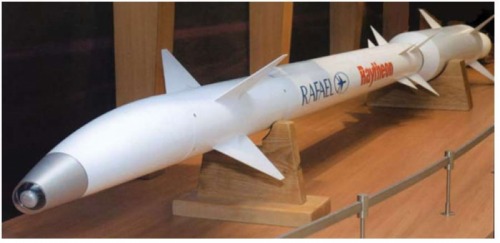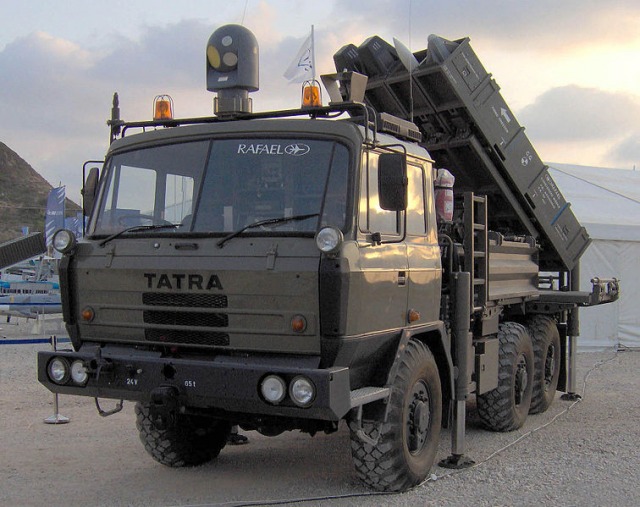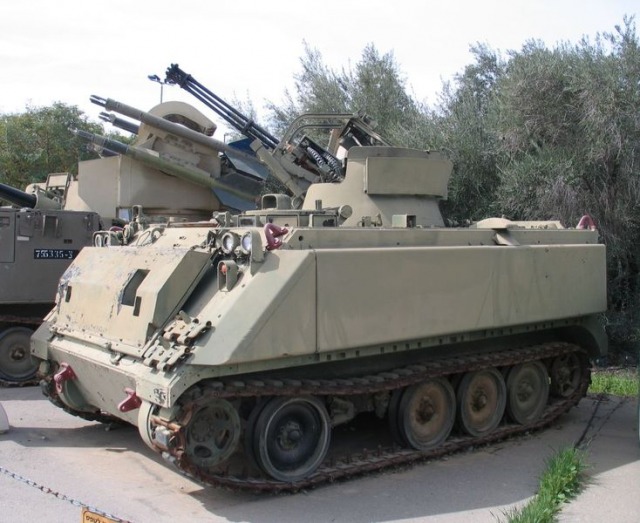Could the Iron Dome Protect You One Day?
Last summer, approximately 9 out of 10 rockets fired at civilian centers were intercepted by the Iron Dome, evidencing its astounding success. Should the global network of terror reach your doorstep, would you want that same kind of protection? Coordination among Israel and our allied countries could lead to these technologies protecting you in the near future.

This week, the USA, Canada, Netherlands, Germany, Britain, Poland, Italy and Greece sent their top air force commanders to Israel to learn about the air defense technologies behind the Iron Dome’s successful rocket-interception rate. The conference was spurred as a response to an increase in global terror. Given the threats on Israel’s border and its strategic location, the IDF is constantly in need of developing technology that can ensure the safety of its civilians.
What types of air defense technologies could Israel export?

![]()
photo: nehamia gershuni-aylho
Iron Dome:
- Mobile all-weather air defense system developed by Rafael and Israel Aircraft Industries.
- Designed to intercept short range rockets and artillery shells fired from distances of 4 km to 70 km.
- Iron Dome went operational in 2011 in Beer Sheva, when it successfully intercepted a grad rocket from Gaza for the first time.
- As of October 2014, the Iron Dome intercepted more than 1,200 rockets.
- The system intercepts around 9 out of every 10 rockets.
How the Iron Dome can protect your city’s airspace:
![]()

Patriot:
![]()

- Surface-to-air missile specifically designed by the American company Raytheon to shoot down all types of aircrafts: drones, helicopters and fighter jets.
- Patriot Defense system has a range of up to 160 km.
- During Operation Protective Edge, two drones from the Gaza Strip were intercepted in the South.
- Intercepted a drone that infiltrated from Syria on August 31st.
- Intercepted a combat plane that infiltrated from Syria on September 23rd.


David’s Sling:


- Active since 2014, David’s Sling is a joint development with Israeli defense contractor Rafael and American defense contractor Raytheon.
- Designed to intercept medium to long range rockets and cruise missiles, fired from ranges of 40 km to 300 km.
- Also meant to intercept the newest generation of ballistic missiles.
- Unlike other defense technologies, David’s Sling can be deployed both in mobile and stationary positions.
Spyder:


- Developed and produced in 2005, the SPYDER is a surface-to-air missile defense system developed by Rafael.
- The SPYDER is a low-level, quick-reaction system capable of engaging aircraft, helicopters, unmanned air vehicles, drones and precision-guided munitions.
- The system is quick reaction, all-weather, network-centric, multi-launchable and self-propelled.
- A typical battery consists of one central command and control unit, six missile firing units and a resupply vehicle.
- The only other operators of the SPYDER system in the world are India and Singapore.
Barak-8:
- Co-developed by India and Israel as a long range surface-to-air missile defense system.
- Defensible against any type of airborne threat; specifically used for maritime defense but also for land.
- Radar system provides 360 degree coverage.
Machbet:


- Self-propelled, automatic anti-aircraft gun on an armored personnel carrier.
- Designed to shoot down low altitude aircrafts.
- Operational since 1998, but upgraded in 2005 to be used in urban warfare and for ground fire support in general.
The success of these technologies has spared countless civilian fatalities. It has inspired unprecedented international collaboration surrounding air defense technologies and strengthened the bonds with our allies.

